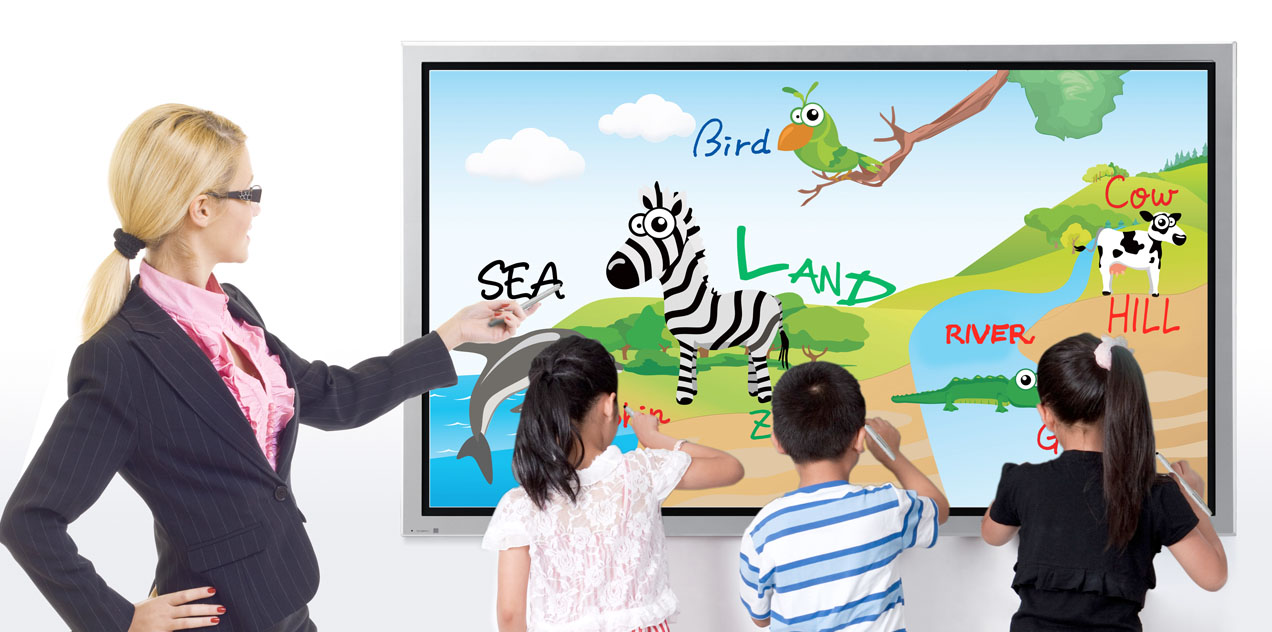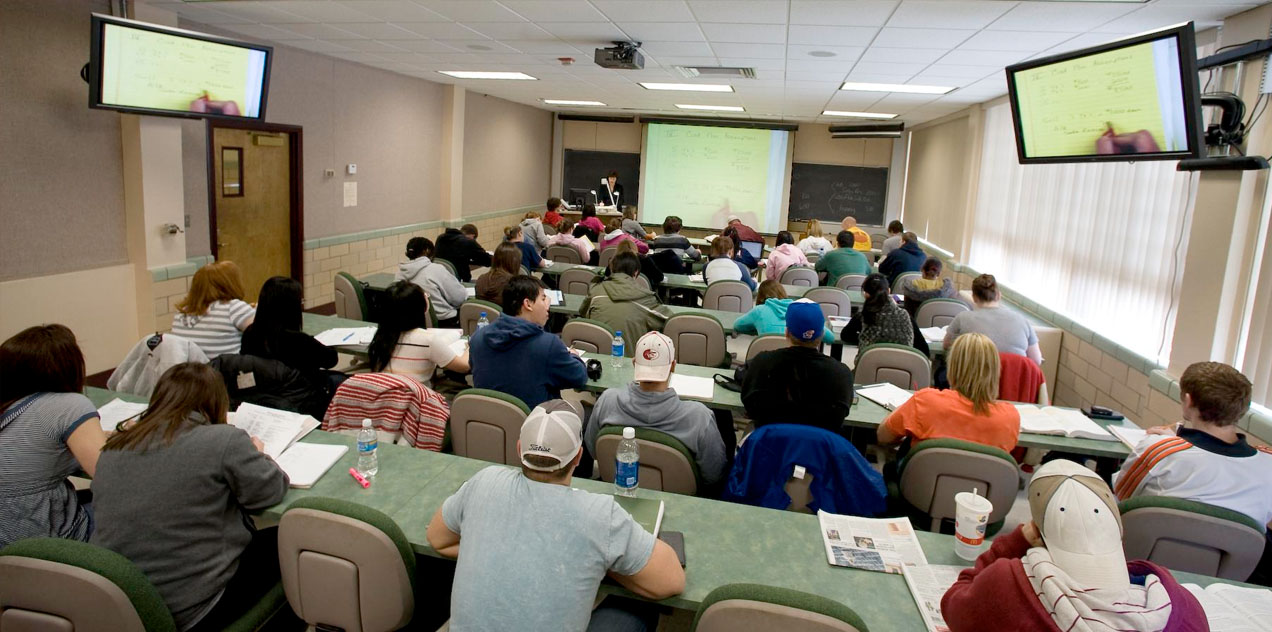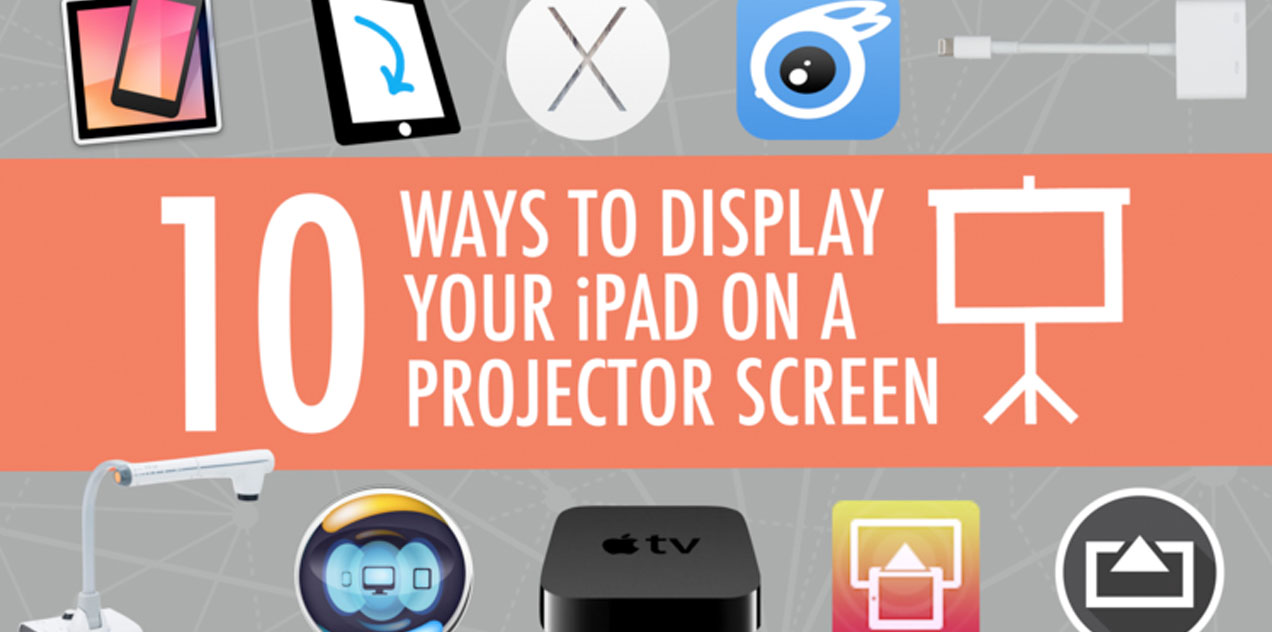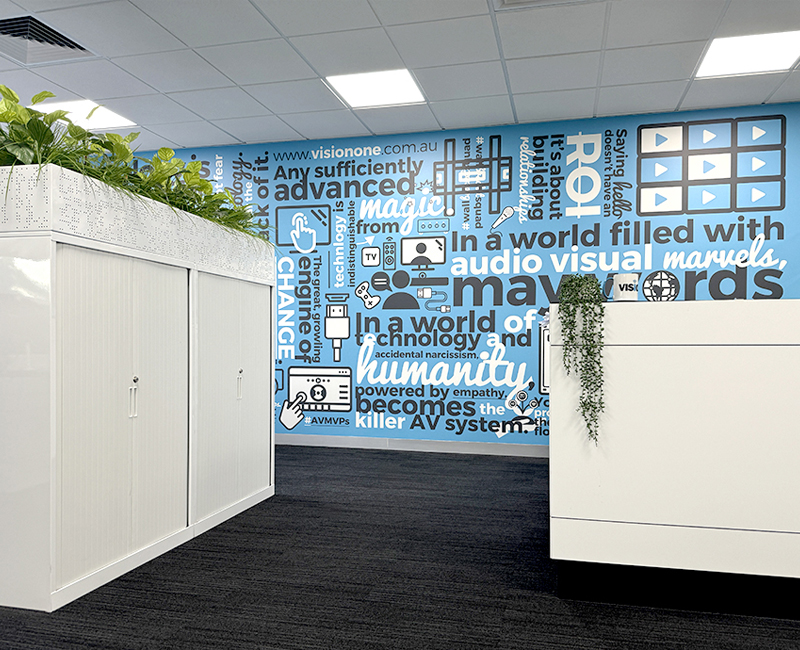Introducing ‘Flip’: Samsung’s Giant Digital Whiteboard
via @Gizmodo: Samsung has a vision for a "workplace of the future" - and it...
Userful is Your Easy & Powerful Custom Video Wall Solution
Userful turns a standard PC into a flexible and powerful video wall controller that delivers...
Epiphan Pearl – The Ultimate Live Streaming Platform
Live streaming is hardly considered a specialty service anymore. Most performance venues are realising it’s...
Make Anything Your Canvas: Projection Mapping Content
Video appearing on large objects is nothing new. For decades, Times Square in New York...
Samsung’s Revolutionary New Digital Display Product Range
At ISE 2016, Samsung showcased a wide range of future-focused technologies, including the industry's slimmest...
LG Digital Signage Adds Value & High Exposure
A digital information display system building company is conducting a large-scale project of installing information-delivery...
Spending on Audio Visual Solutions to Surge
Infrastructure developments and the mega projects in the region are boosting spending on audio visual...
Interactive Whiteboard 101 — A Resource of Activities for Literacy Instruction
Here is a list of Web-based lessons, activities, and games for literacy that you can...
Using Education Technology to Rediscover Traditional Ways of Learning
Older, more traditional forms of learning resonate with students because they connect with something deep within...
10 Ways to Show Your iPad on a Projector Screen
Projecting your iPad on a large screen is great for demonstrations, simulations, explanations, and showing...
















